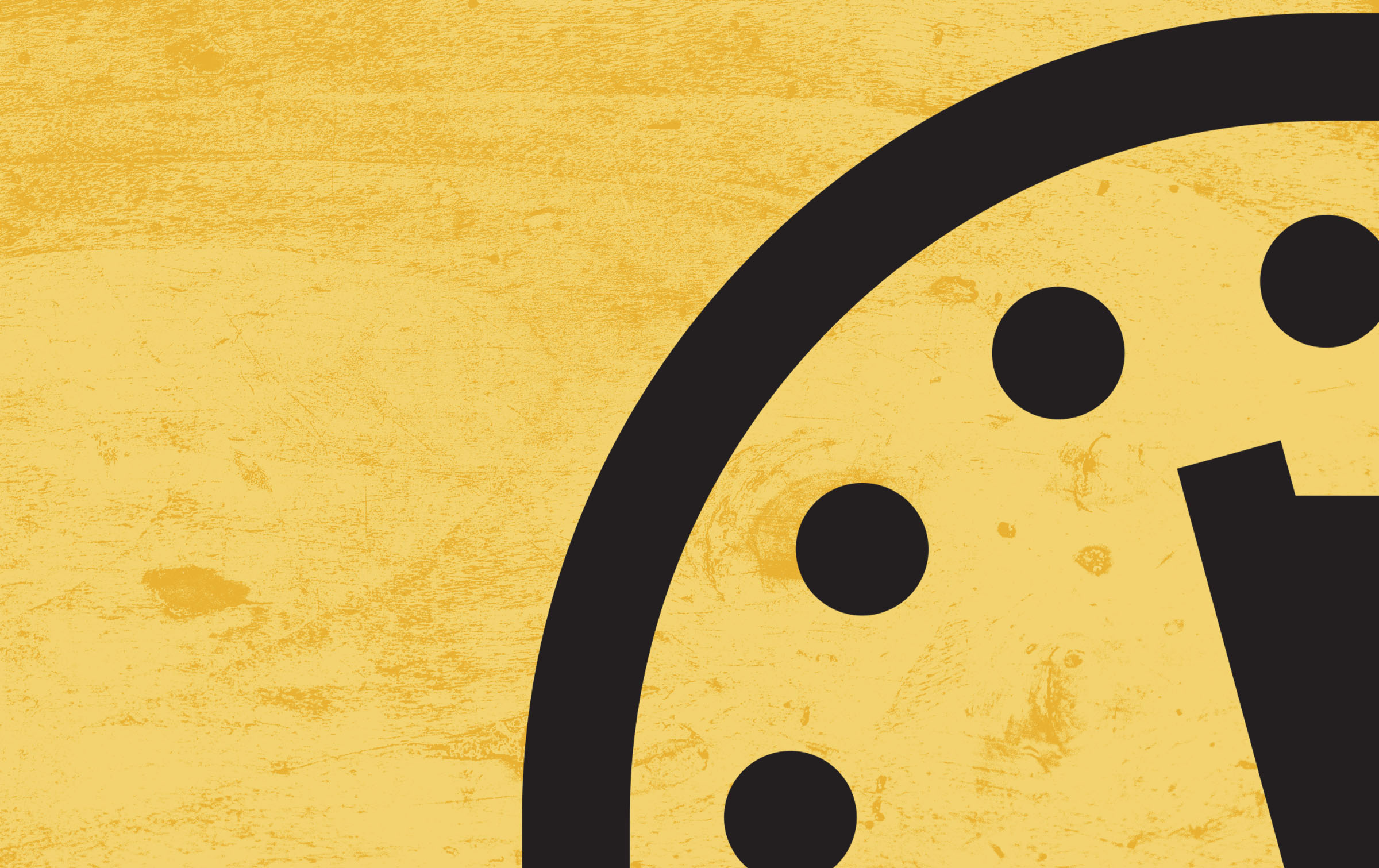Harmonizing the NPT and Ban Treaty through Nuclear Risk Reduction by Possessor States
APLN Policy Brief 61
The following is a summary. Click on the adjacent link to download the full brief.
The international community has sought to address the challenges of nuclear risks that have existed since the beginning of the nuclear age by expressing abhorrence at the thought of nuclear weapons being used again. These efforts have ensured that the nuclear taboo has held and despite conflicts involving nuclear weapon states or their allies, nuclear weapons have not been used. With the return of inter-state strategic competition among major powers, technological developments and the shift of the geopolitical centre of gravity to the Indo–Pacific, the world is witnessing an age of nuclear asymmetry and a shift towards more usable nuclear weapons. Bilateral arms control no longer seems possible and among the multilateral instruments, the NPT has exhausted its normative potential while the NWPT is yet to gain the desired political legitimacy and authority. Today’s challenge is to ensure that both co-exist, without one weakening the other while incremental steps are taken to maintain the nuclear taboo until such time as nuclear threats are indeed eliminated by all possessor states, including those not party to the NPT.
It is necessary to restate one fundamental truth that has been evident since the nuclear age dawned in 1945. Nuclear weapons are immensely destructive and any use would be catastrophic; as long as some countries retain these weapons, other countries will have a justification to acquire them for their security; as long as nuclear weapons exist, it is likely they will be used again; and therefore the only lasting guarantee against their use is global elimination. Since this axiom is not universally accepted, the international community is obliged to grapple with the second best option, namely, reducing the risk of use of nuclear weapons. This paper is divided into three parts – assessing the growing risks; previous experience of managing them; and finally, examining possible measures in the contemporary nuclear age.
About the Author
Rakesh Sood is a Distinguished Fellow at the Observer Research Foundation, New Delhi. He served in India’s Foreign Service and was India’s Ambassador to Nepal, Afghanistan and France and the country’s first Ambassador in charge of Disarmament in Geneva. He was Prime Minister Manmohan Singh’s Special Envoy for Disarmament and Non-Proliferation (2013–14) before retirement. He was Joint Secretary Disarmament and International Security Affairs, a division that he set up and headed from 1992 to 2000.

